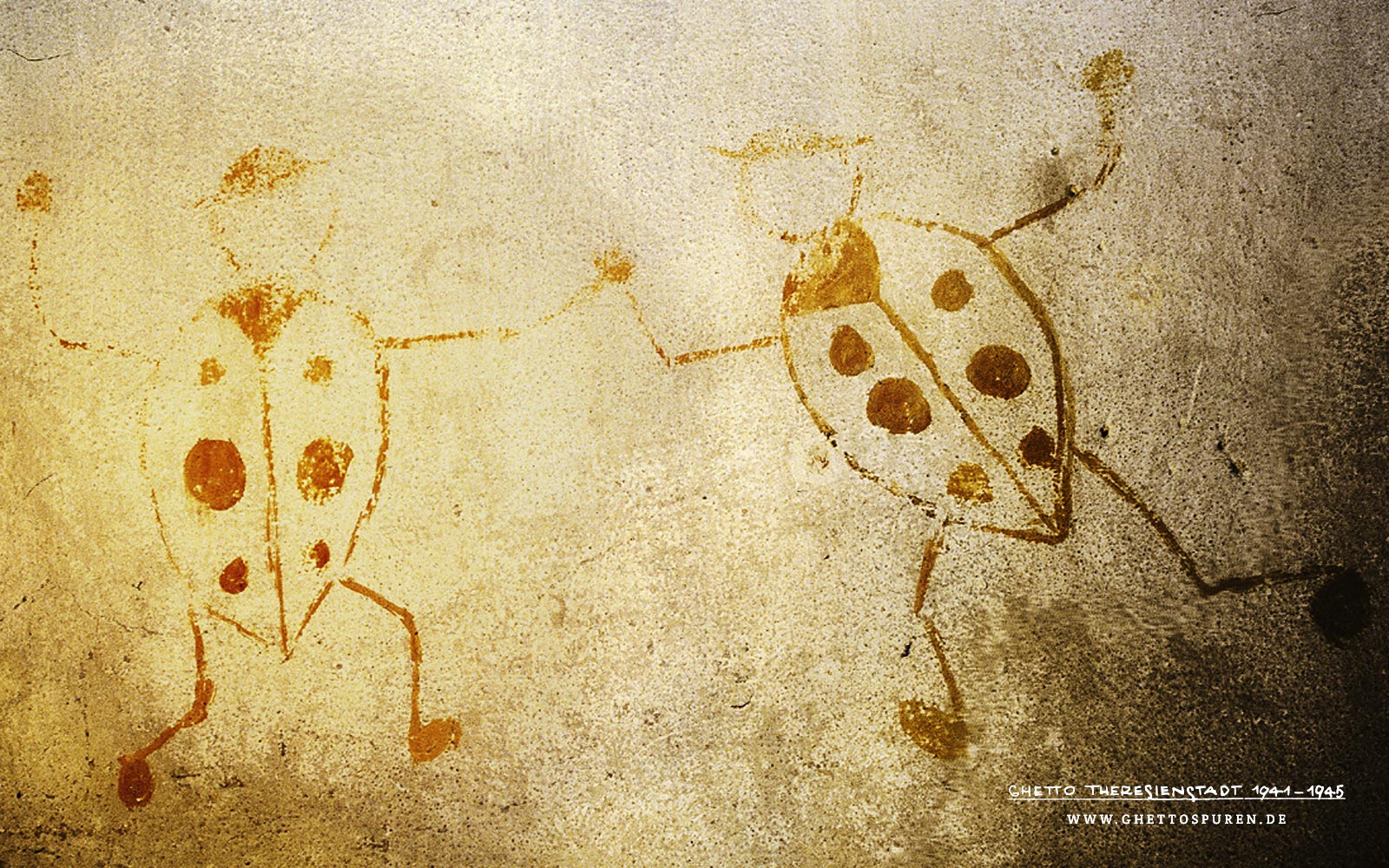Traces of Everyday Life in the Ghetto
How did prisoners live in the ghetto? What did their living spaces look like? How were their rooms furnished? Numerous traces and vestiges still found in Terezin provide answers. Often, only after a closer look do the historical traces become obvious: the demeaning living conditions, the struggle for daily survival and dying in the ghetto. The ghetto served primarily as a ghetto and transit camp for Jews; a temporary stop on their way to Auschwitz-Birkenau and other death camps in the East. This knowledge is crucial for understanding these silent witnesses and traces. They represent fragments of the backdrop against which a chapter of the “Final Solution” played out.
WE ARE LOOKING FOR (EYE)WITNESSES!
Were you imprisoned in Theresienstadt or do you know people who were imprisoned in the city (1941-45)?Please visit our photo galleries. Do you recognize anything? Please share your knowledge with us. We would appreciate a short message from you.



















